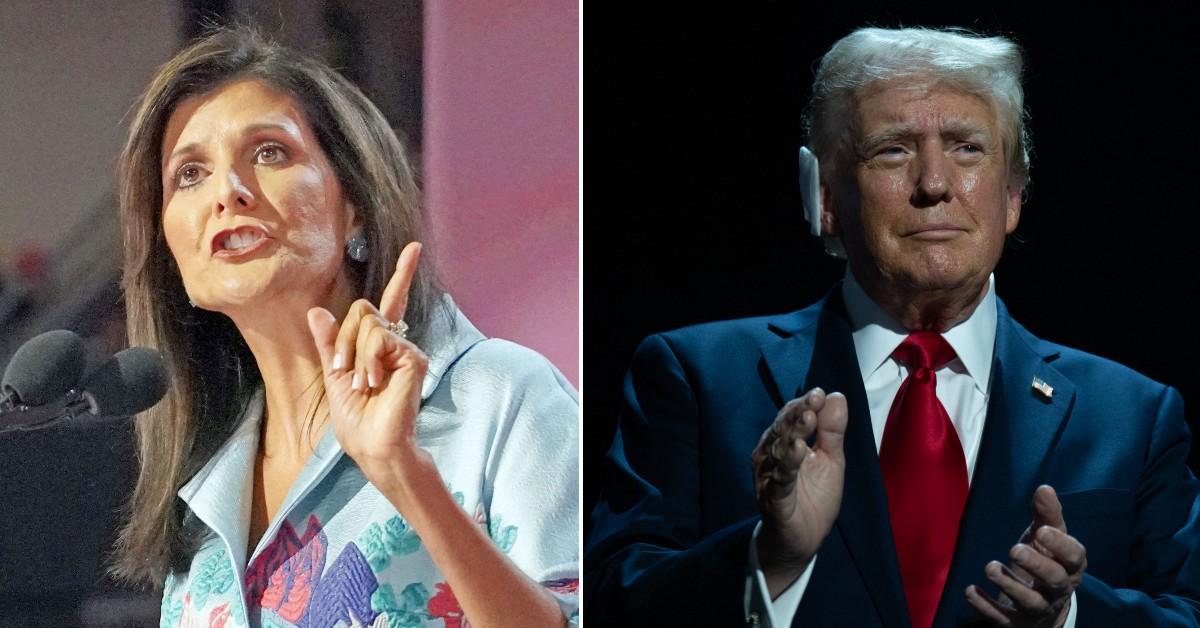In the ever-evolving landscape of American politics, Donald Trump finds himself in a precarious position as he faces mounting challenges from unexpected quarters. Recent developments reveal that Nikki Haley’s supporters, once firmly behind her, are now rallying to support Kamala Harris, creating a significant shift in the electoral dynamics. This shift is not just a minor blip; it could have far-reaching implications for Trump’s campaign as he grapples with an increasingly narrow path back to the White House.

The emergence of the “Haley Voters for Harris” (HV4H) political action committee, representing approximately 4.4 million former Haley supporters, is a clear indication of the dissatisfaction brewing within the Republican base. Many of these voters have expressed that their support for Haley was less about her candidacy and more about their opposition to Trump. Craig Schneider, the campaign director for HV4H, articulated this sentiment when he stated that their goal is to send a message that Trump’s era as the face of the Republican Party needs to come to an end.
This coalition of Haley voters is not merely a symbolic gesture; it has the potential to sway critical battleground states. The HV4H group has conducted extensive research, revealing that their numbers in key states exceed the margins by which Biden won in 2020. For instance, in Arizona, where the margin of victory was just over 10,000 votes, there are approximately 110,000 Haley voters. Similar trends are evident in Georgia, Michigan, Nevada, North Carolina, and Pennsylvania, where the number of Haley voters could significantly impact the election outcome.
Trump’s past behavior towards Haley has not helped his cause. His dismissive remarks and insults have alienated many moderate Republicans who once viewed him favorably. This alienation has opened the door for Harris to attract these disenchanted voters, who see her as a viable alternative. As one long-time Republican, Jack Merritt, noted, he is disenchanted with the polarization of both parties but believes that Harris represents a less divisive option.
The HV4H movement is gaining traction not only among independents but also among traditional Republicans who are seeking a new political home. Many of these voters are motivated by a desire to see a change in leadership and a rejection of the divisive politics that Trump embodies. The coalition’s message is clear: they are willing to cross party lines to ensure that Trump does not return to power.
As the HV4H campaign gains momentum, it poses a significant threat to Trump’s electoral prospects. If these 4.4 million voters mobilize effectively, they could tip the scales in favor of Harris, making it increasingly difficult for Trump to secure the necessary support in battleground states. Trump’s inability to connect with these voters, coupled with his history of alienating moderate Republicans, could spell disaster for his campaign.
In conclusion, the emergence of the Haley Voters for Harris movement is a pivotal moment in the lead-up to the 2024 election. As Trump continues to face challenges from within his own party, the potential for a coalition of disenchanted voters rallying behind Harris could reshape the electoral landscape. With battleground states hanging in the balance, every vote will count, and the impact of this movement could be felt long after the ballots are cast. As the political climate shifts, it remains to be seen how Trump will respond to this new reality and whether he can regain the support he has lost among key voter demographics.




